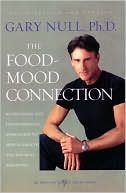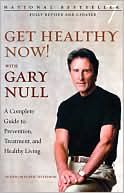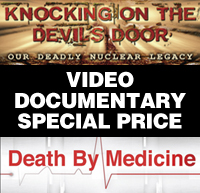Ira Helfand: Unsafe at Any Exposure
 March 29, 2011
March 29, 2011 There's no safe level of radiation exposure.
by Ira Helfand
As the radioactive contamination of food, water, and soil in Fukushima, Japan worsens, the media is continuously reassuring us that these levels are "safe." But there is no safe level of radiation.
Yes, at lower levels the risk is smaller, but the National Research Council of the National Academies of Science has concluded that any exposure to radiation makes it more likely that an individual will get cancer.
The press is reporting that 100 millisieverts (mSv) is the lowest dose that increases cancer risks. This simply isn't true. According to the NAS, if you are exposed to a dose of 100 mSv, you have a one in 100 chance of getting cancer, but a dose of 10 mSv still gives you a one in 1,000 chance of getting cancer, and a dose of 1 mSv gives you a one in 10,000 risk.
Those odds sound fairly low for one individual, but if you expose 10,000 people to a one in 10,000 risk, one of them will get cancer. If you expose 10 million people to that dose, 1,000 will get cancer. There are more than 30 million people in the Tokyo metropolitan area.
To understand the danger of low levels of radiation exposure, consider several factors.
First, the total dose is the most important factor, not the dose per hour. When you get an X-ray, you're exposed to a one-time burst of radiation. If you work for 10 hours in a spot where the radiation level is 1 millisievert per hour, your dose is 10 millisieverts, and the dose goes up the longer you stand there.
Second, there's a big difference between external and internal radiation. If you're standing in a spot where you're exposed to external radiation, that exposure ends as soon as you move away. But if you ingest or inhale a radioactive particle, it continues to irradiate your body as long as it remains radioactive and stays in your body.
Further, if you ingest radioactive particles, the dose isn't spread evenly over your entire body. It concentrates where the particles lodge. The average total body dose may be relatively low, but the dose at the site may be large enough to damage that tissue and cause cancer.
That's why the radiation being found in Japan in spinach, milk, and other food--as well as water--is so worrisome. If consumed, it will create ongoing radiation exposure and increase the risk of cancer.
A large majority of the hundreds of thousands of cancer cases that have occurred in the former Soviet Union because of the Chernobyl catastrophe were caused by people eating radioactively contaminated food.
Finally, it makes a big difference who gets irradiated. Children are much more vulnerable than adults. If a fetus is exposed to only 10 mSv in utero, his or her risk of getting cancer by age 15 doubles. So it's particularly dangerous when children or pregnant women consume radioactive food or water.
Reports indicate that the total radioactive releases in Fukushima have been relatively small so far. If this is the case, then the health effects will be correspondingly small. But it's not "safe" to release this much radiation. Some people will get cancer as a result. Most importantly, we don't know at this point how much more radiation there will be.
That’s why the U.S. government has said that people shouldn't be allowed within 50 miles of the plant.
If a comparable accident were to occur at the Indian Point nuclear reactors 24 miles north of New York City, 17 million people would need to evacuate. That's something to think about when we're told everything is OK at our nuclear plants.
 Email Article |
Email Article | 



